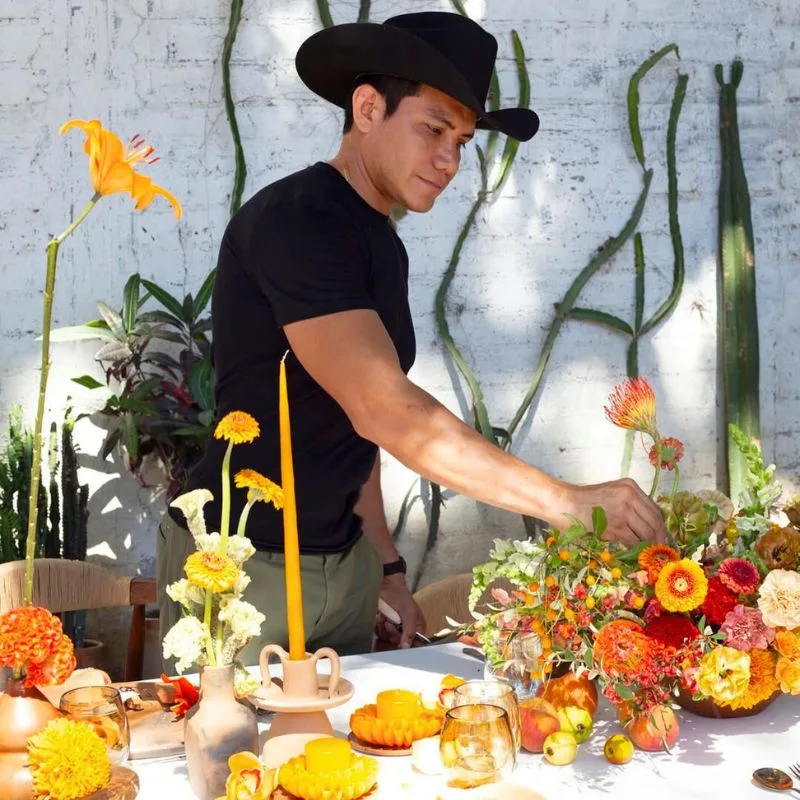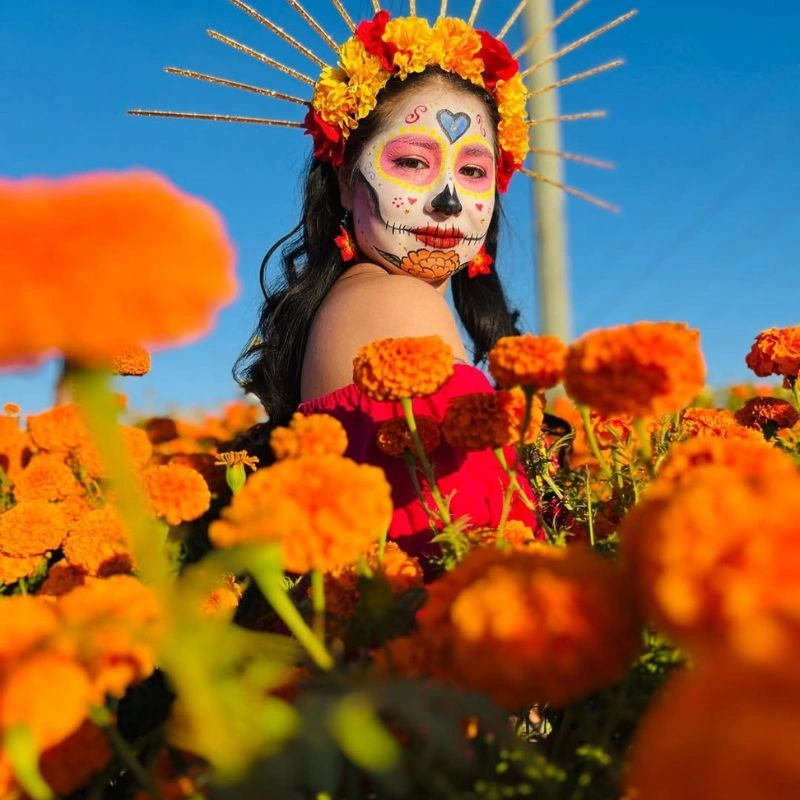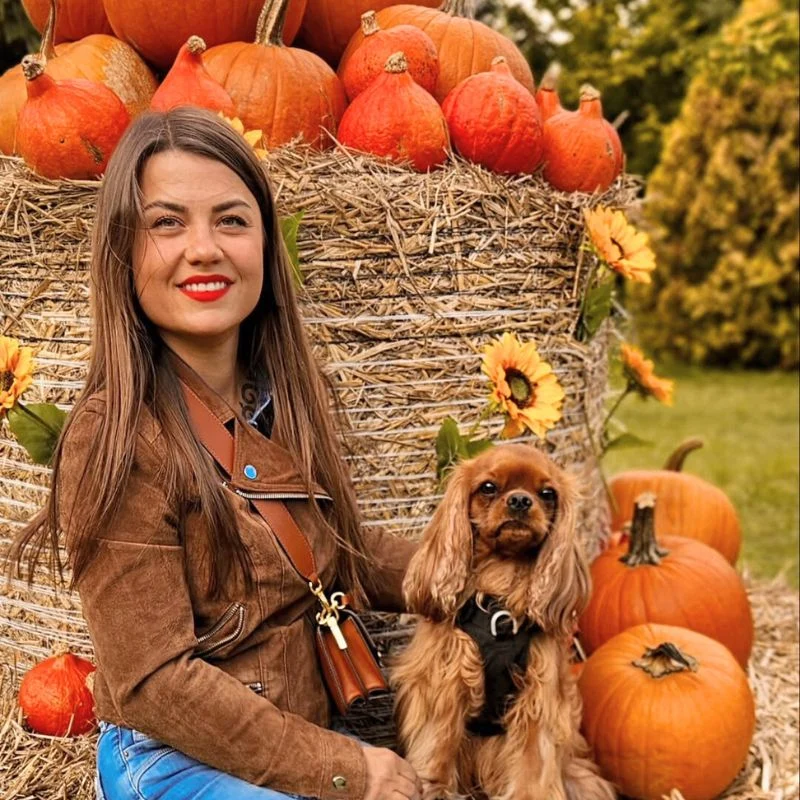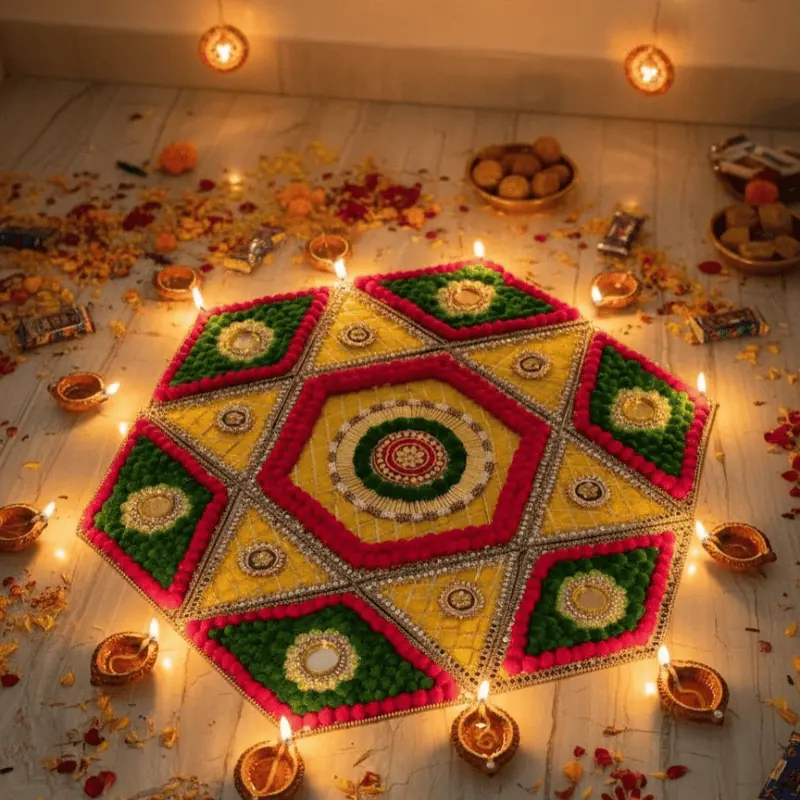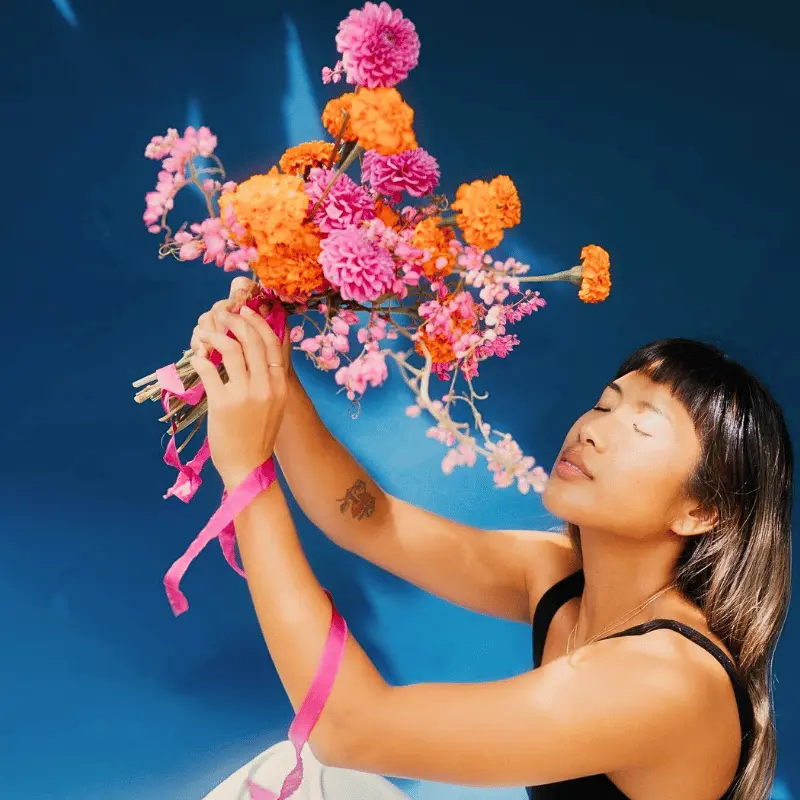On 1 and 2 November, Mexicans celebrate Día de Muertos, the Day of the Dead. And it's becoming a more and more popular celebration worldwide. Perhaps because of the exuberant display of honoring the dead with the most colorful masks and decorated skulls, but also perhaps because of the beautiful marigold flowers, commonly known in Mexico as cempasúchil, that are used to honor the dead, even to communicate with their spirits.
Marigold Is a Typical Mexican Flower
The production of Marigolds is at its peak now in Mexico. All because Día de Muertos is near. Why particularly marigolds for Día de Muertos? This has everything to do with the long history of the American continent, even before its 'discovery' by the European colonialists.
The indigenous Aztecs already used marigolds in ancient history. The conquistadores from Spain already recorded this in 1552 in a book, 'De la Cruz-Badiano Aztec Herbal,' about herbal medicines in Mexico. They discovered that the original inhabitants of Mexico were using the marigold for the treatment of hiccups, being struck by lightning, or "for one who wishes to cross a river or water safely". The last use confirms the magical properties ascribed to marigolds. Probably, this is also one of the reasons why marigolds remain the traditional flower to give to the deceased on Día de Muertos.
Marigold for Día de Muertos
It is believed that the spirits of the dead visit the living during the celebration. Marigolds guide the spirits to their altars using their vibrant colors and pungent scent. This is how a relative can still stay 'in touch' with the beloved deceased ones, a big comfort for the grieve. Next to the marigold, a typical altar at Día de Muertos will have a colorful display of the favorite flowers of the dead person, candles, decorated skulls, and 'pan de muerto' (bread of the dead). All to give the deceased relative or friend a good time when visiting our world again.
A Beautiful Tradition
Día de Muertos is a beautiful Mexican tradition. It celebrates life rather than death. It celebrates all near and dear who have moved on to the next and are, in a way, still with us. It is wonderful that this tradition is recognized by more and more people outside Mexico as well, copying parts of it, but always with the same intention and spirit. And with a lot of those gorgeous marigold flowers.
Día de Muertos All Over the World
In the small world where we live, it is inevitable that eye-catching festivities such as Día de Muertos get noticed by copy-cats. Especially since this day coincides with the Roman-Catholic holiday All Souls' Day (2 November). The ideas and icons of this holiday have migrated with Mexicans who have spread across the globe, mostly to the United States. Mexican-style Day of the Dead celebrations occur in major cities in Australia, New Zealand, Fiji, and Indonesia, complete with altars celebrating the deceased with flowers and gifts. Many also spend the day and ensuing night holding reunions at the cemetery, having feasts and merriment.
Marigold Elsewhere
Fun fact: There is a misconception that marigolds originate from India. Not because of the same miscalculation as Columbus in 1492, when he thought he would end up in India by sailing far enough to the West and therefore named the first people he encountered in the Caribbean 'indians'. But the misconception is mainly because the marigold is so widespread in Indian too these days. They are used in Hindu religious ceremonies. Marigold is used as garlands to decorate village gods during the harvest festival, and it is a popular flower for making wedding garlands, the so-called 'Jaimala'.
Read more about the production of marigolds for Día de Muertos in this Thursd story: The Marigold Fields in Puebla, Flowers of the Dead. And more about the flower meaning of marigolds here.


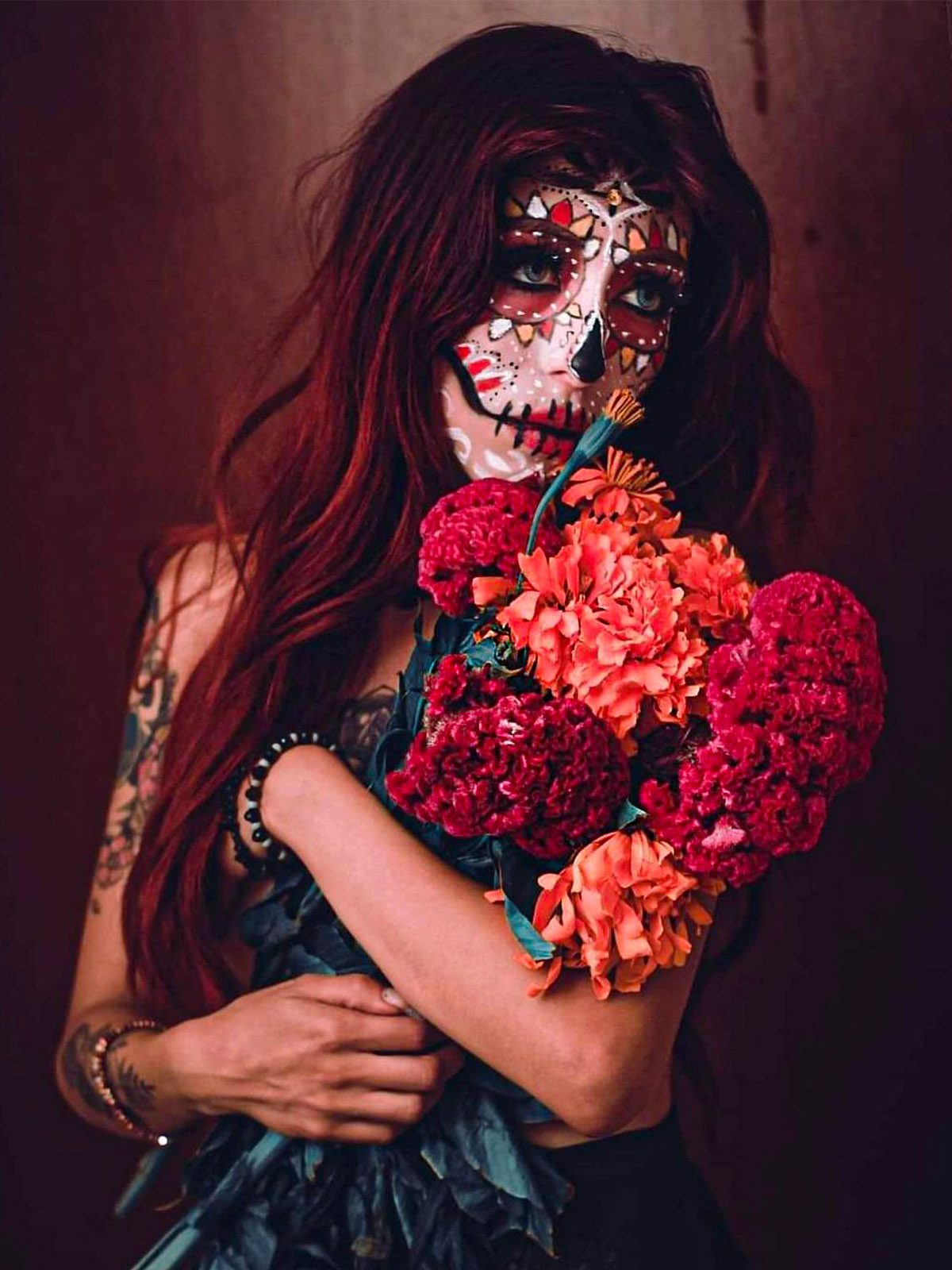
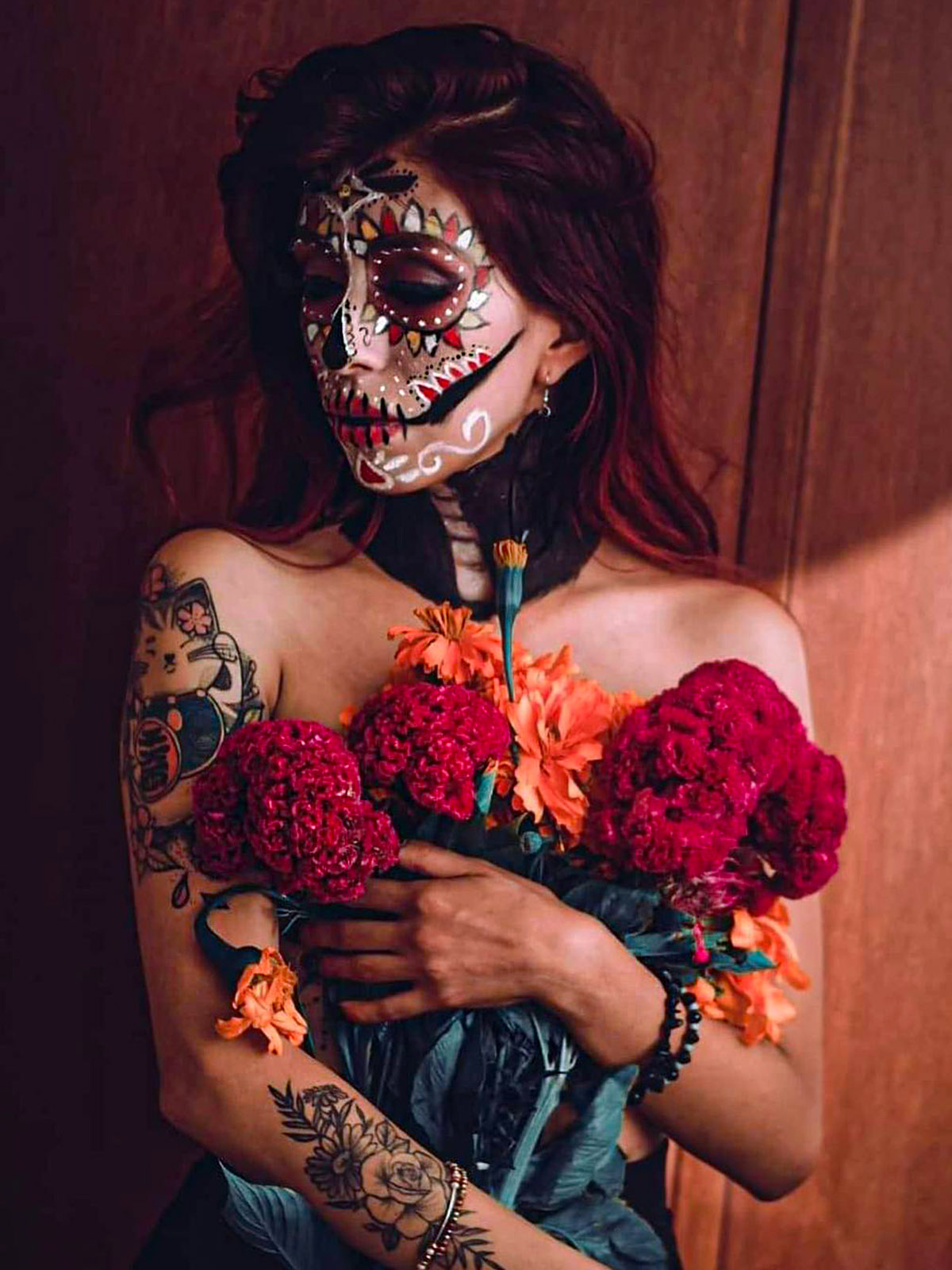
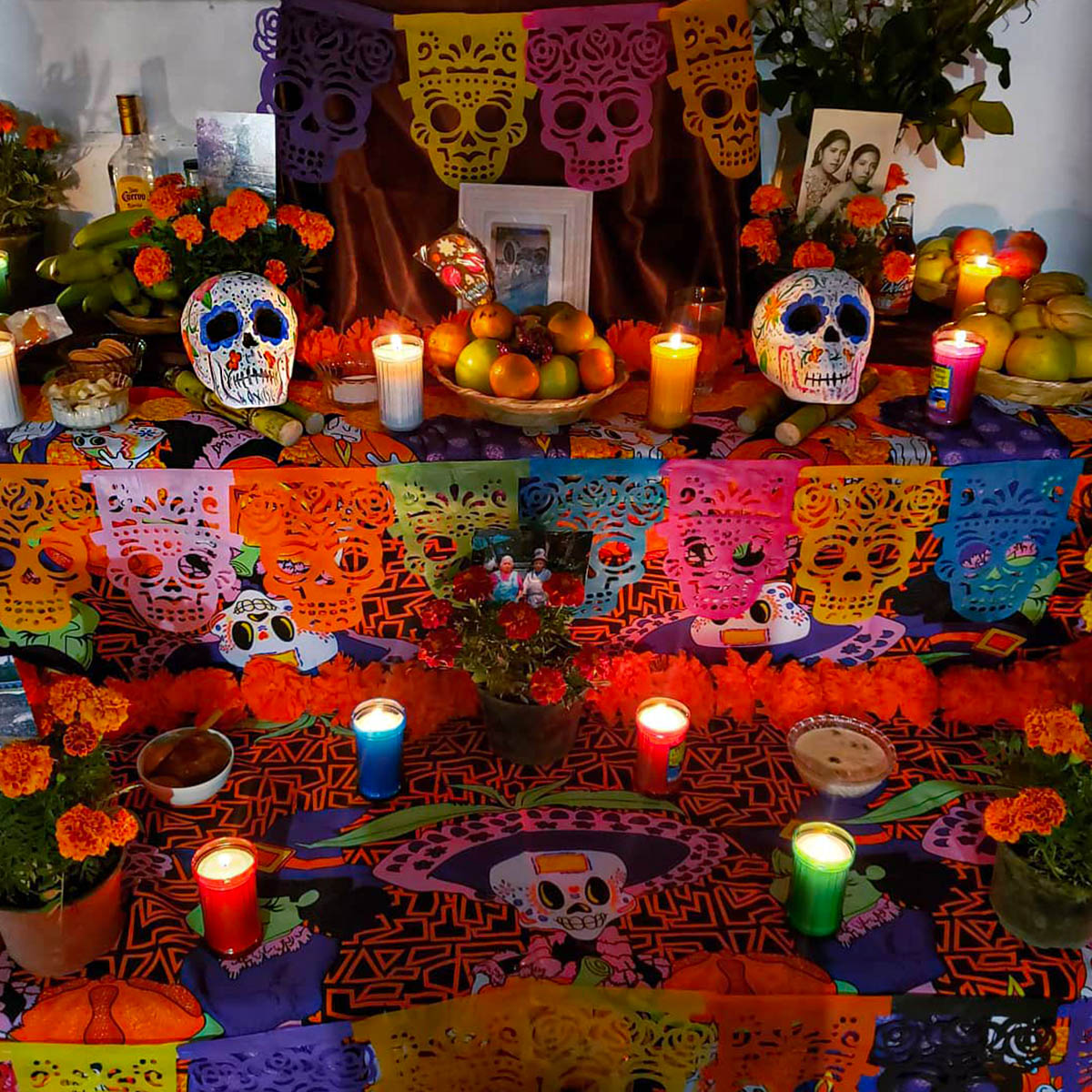
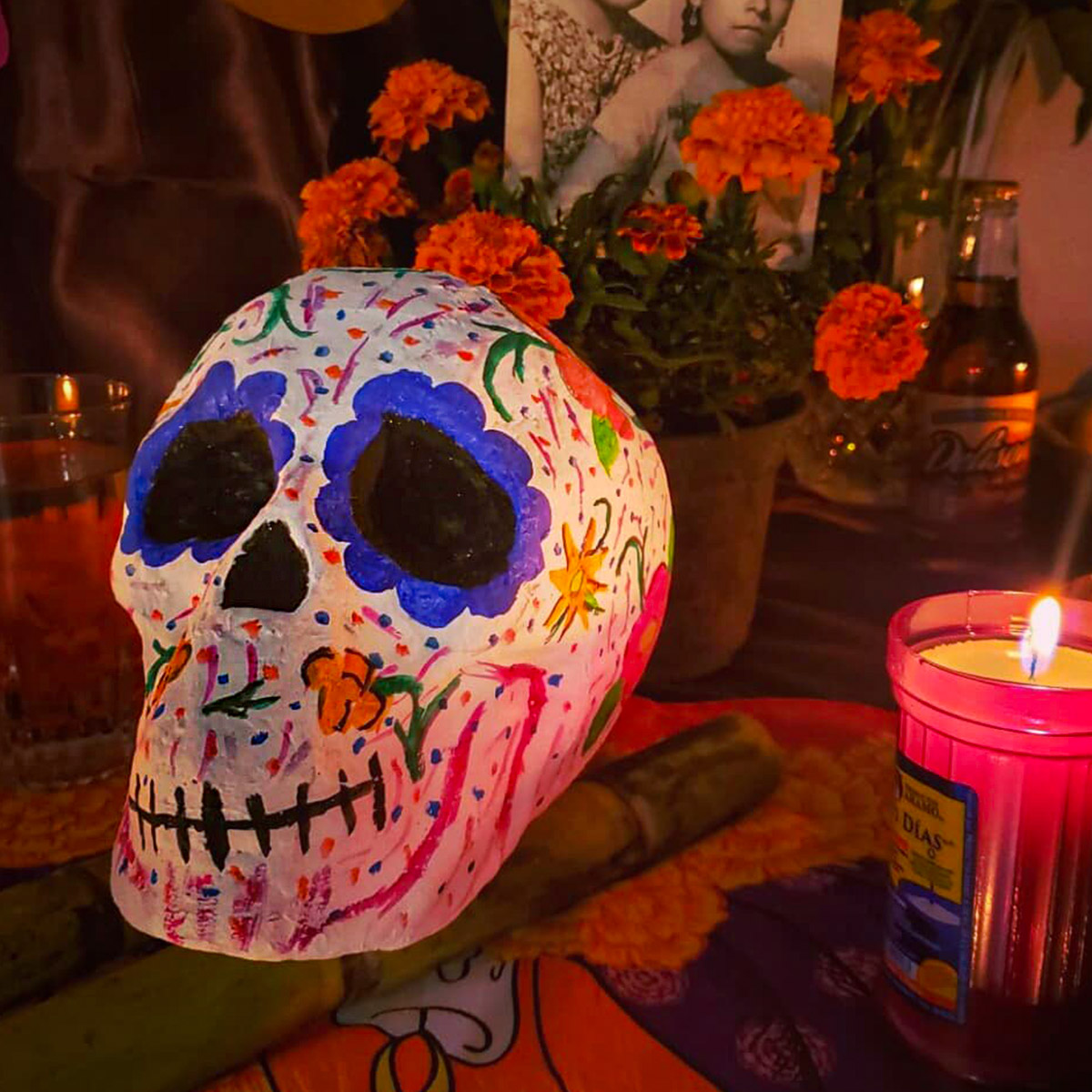
 Image by
Image by 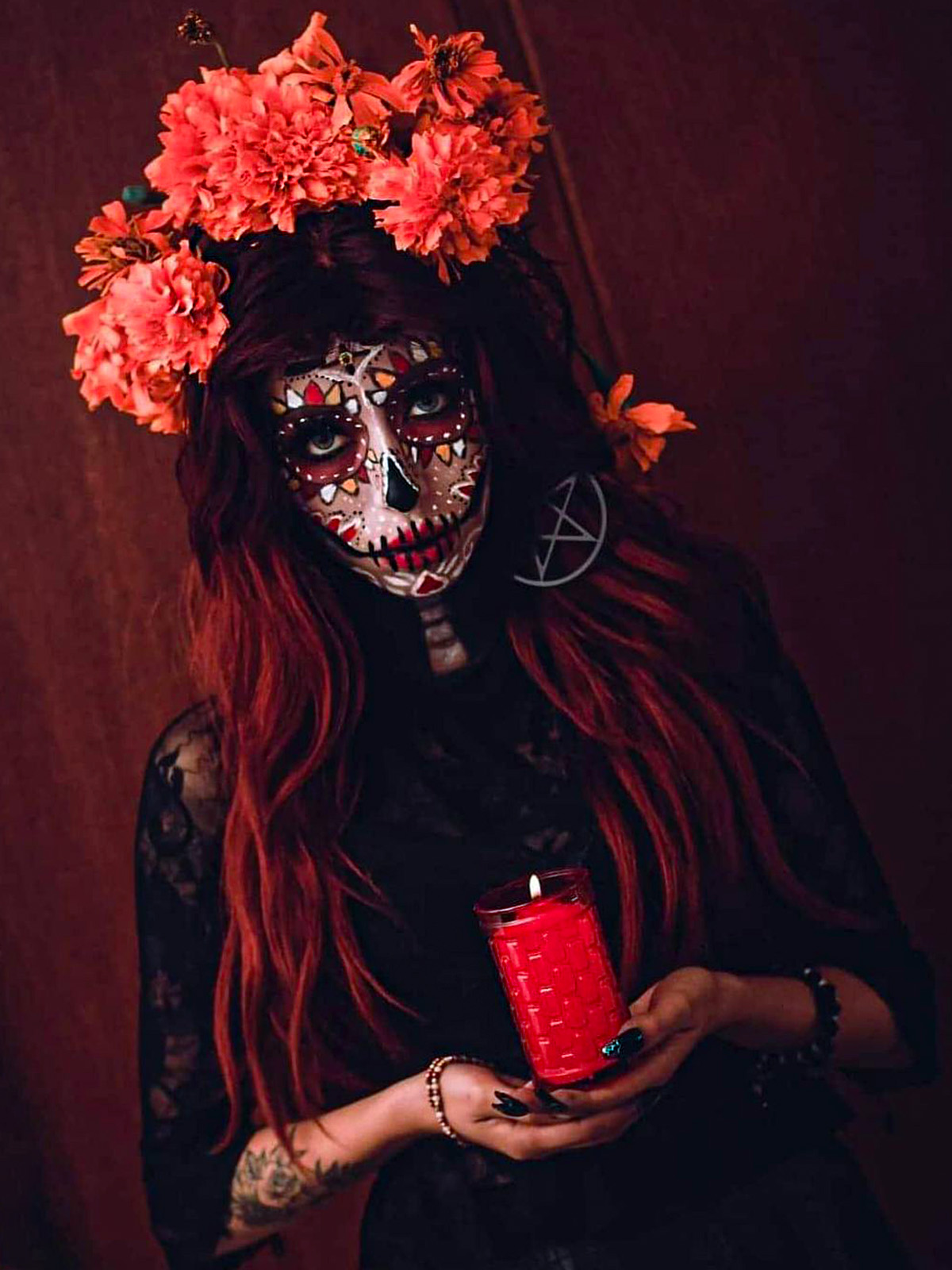
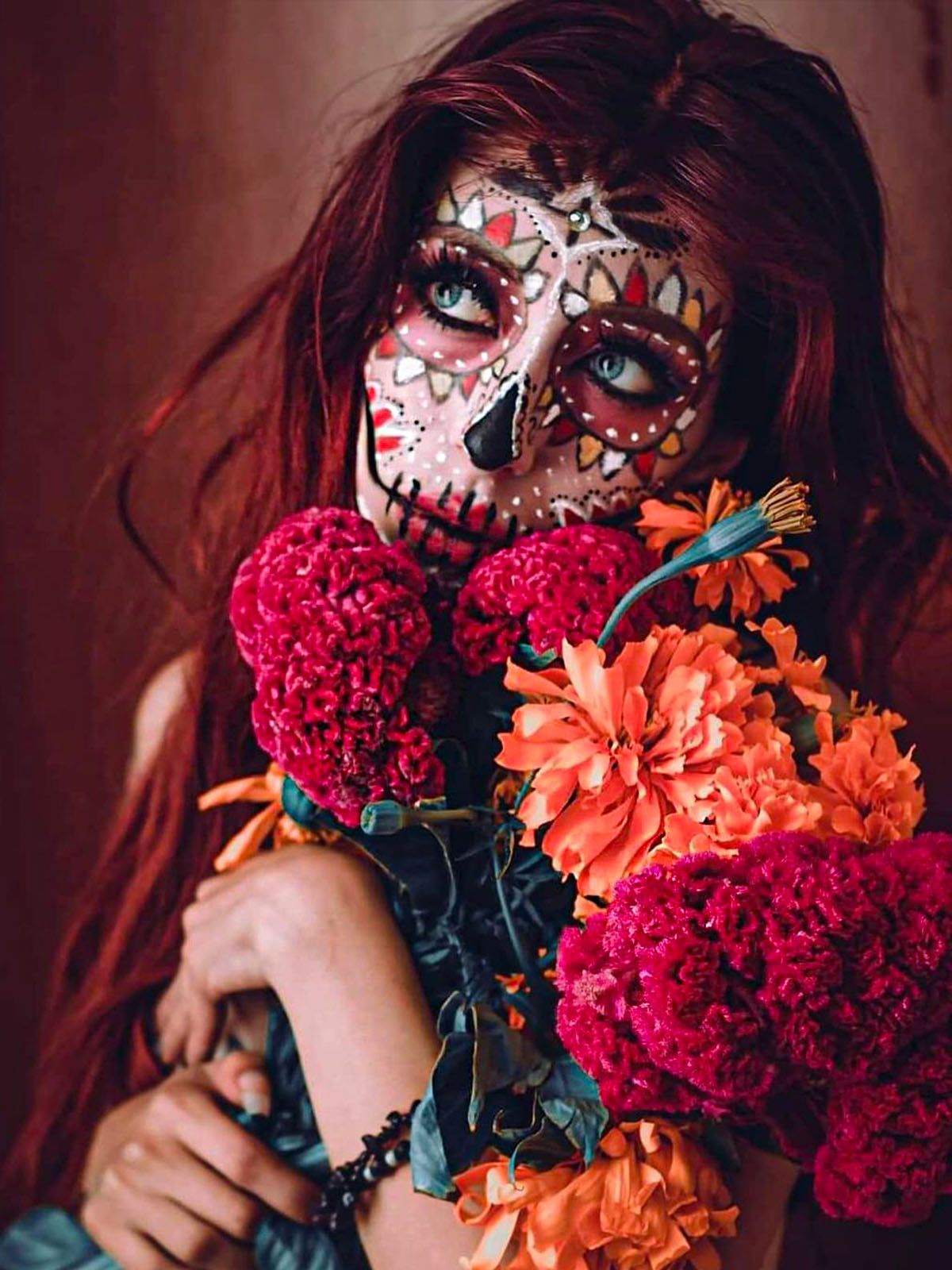
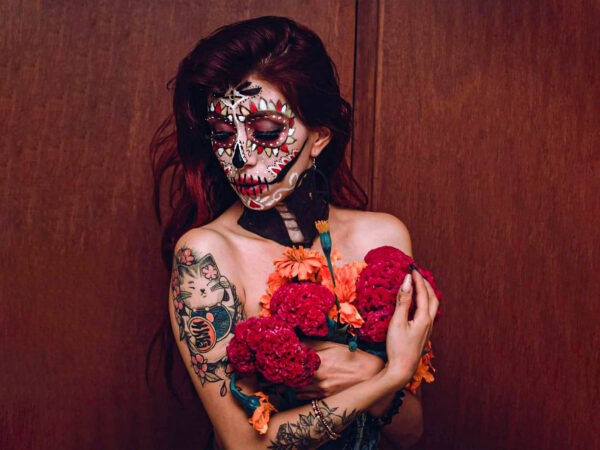 Image by
Image by 
